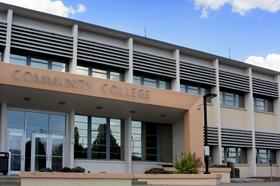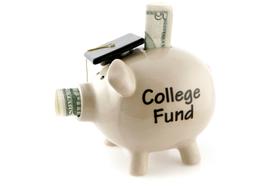College textbooks are notoriously expensive. Community college students, especially those who are just beginning college or returning to school after years in the workplace, may experience sticker shock upon their first visit to the college bookstore.
A Business Week article on textbook prices reports that the General Accounting Office (GAO) says that textbook prices have increased at twice the rate of inflation since 1986! College students are estimated to spend an average of between $700 and $1,100 per year on textbooks, according to a Washington Post article on the issue. The issue of textbook affordability exists for community college students as much as it does for students at four-year institutions. Most community college classes require textbooks that are similar in price to those required at the most expensive four-year colleges and universities. Thankfully, today’s community college students have a number of resources at their disposal for cutting down on the cost of textbooks. Before you pay full price for textbooks at your campus bookstore, try some of these ideas.
This video offers advice on where to buy or rent textbooks cheaply.
Smartly Prepare for Your Textbook Bargain-Hunting
Before you begin your search for cheap textbooks, you’ll need to know which books are required for your courses. Many community colleges have websites for their bookstores online where you can look up the required textbooks by entering your course ID numbers.





















